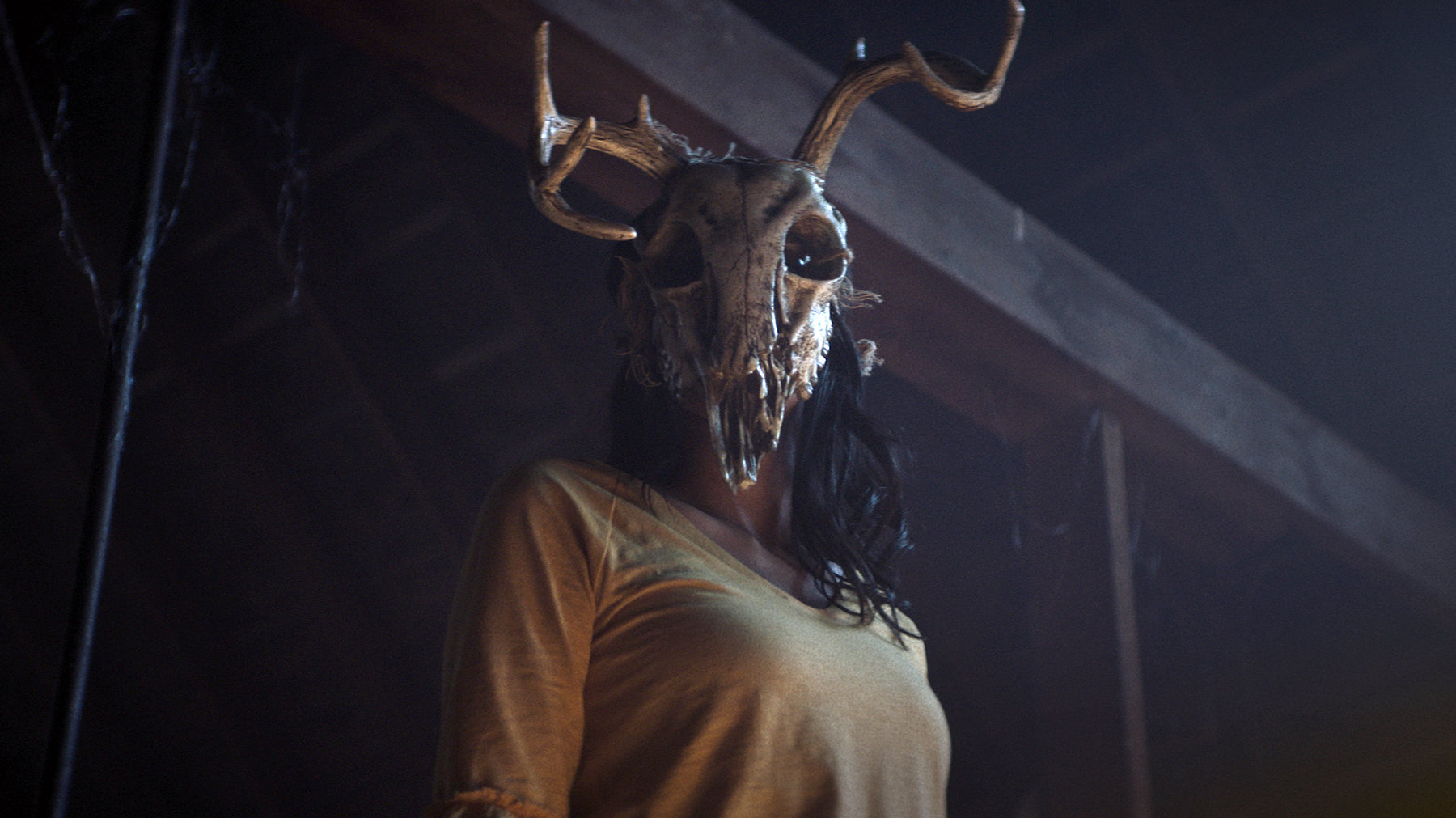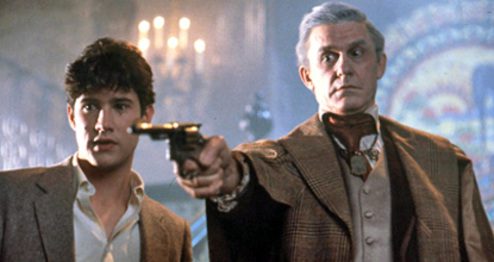We are never going to stop seeing adaptations of Stephen King works. The man is so prolific and popular that the well will never go dry. It’s a daunting prospect, but if the Faustian bargain we have to make is that in exchange for rotten adaptations like Under the Dome and The Dark Tower, we get better fare like Castle Rock and It, then it’s a deal worth striking. The newest version of Pet Sematary belongs in the upper echelon of films based on King’s books. It’s no small feat, adapting one of King’s scariest, most visceral novels, but the new film tackles it with aplomb. Pet Sematary is not only scary – which it is, don’t be mistaken – but at times it is downright upsetting. Once a year we get a truly great horror film. 2016 gave us The Witch, 2017 It Follows, 2018 Hereditary. 2019 has given us Pet Sematary.
The plot probably doesn’t need to be recounted here. Not only were the trailers unfortunately rife with spoilers, but the central conceit has more or less made its way into the cultural lexicon (to be fair, the whole book is a riff on W.W. Jacobs’s “The Monkey’s Paw”). South Park, for instance, has gotten a lot of comedic mileage out of parodying Jud Crandall, the kindly yet mysterious neighbor with a Maine accent as thick as the woods surrounding his house.

Pet Sematary sees the arrival of the Creed family in Ludlow, Maine, where they’ve moved from Boston in pursuit of a quieter life. The idyll is interrupted almost immediately by the honking arrival of a semi truck, in one of the film’s first jump scares. Jump scares are a cheap trick, and while Pet Sematary has a few, when used like this, it functions as foreshadowing. Louis (Jason Clarke) is the doctor at the local university, while his wife, Rachel (Amy Seimetz), daughter Ellie (Jete Lawrence), and infant son Gage seem to just while their days away at their new home. This leaves plenty of time for exploring the woods encircling the house, which is how Rachel and Ellie find the titular boneyard. It’s also where they meet Jud Crandall (John Lithgow), their neighbor across the street.
Louis and Rachel assure Ellie that although death comes for all things – even her cat, Church – it doesn’t mean the memory is weakened, or the time spent together nullified. This is a movie about death, and how we cope with it, and we first see characters react after Church gets hit by a truck. Louis wants to tell Rachel, Rachel wants to say the cat just ran away. But Jud has another plan. You know the story from here. Jud takes Louis past the deadfall barrier of the Pet Sematary, into ancient land, where they inter Church, who comes back. But it’s not the same cat. It’s a foul, stinking thing, prone to hissing and scratching. As the saying goes, sometimes dead is better.
I will try not to spoil too much of the plot, which is probably a moot point, because, as mentioned, the trailers did much of that. In fact, the plot is, in many ways, predictable, as it falls into a familiar pattern of “be careful what you wish for” moralizing. But that’s not a knock against the film. Pet Sematary is a harrowing look a grief and loss, told through the prism of the best horror writer in America. If it can be compared to any film, it’s most in conversation with Hereditary, in that film’s stark depiction of the way loss can eat a family from the inside out, and the horrific extremes people will go to in order to salvage what they’ve lost.
This sounds heavy, and it is. But it’s also very scary. Directors Kevin Kolsch and Dennis Widmeyer excel at cultivating an atmosphere of ever-present dread, and the extended sequences of horror work far better than do the jump scares (of which there are thankfully few). They have great source material to work with (King has said that this is the only one of his own novels that actually scares him), and also the use of a stellar cast.

Mary Lamber’s 1989 film was and is scary, but it’s hampered somewhat by a bland cast (with the exception of Fred Gwynne as Jud). That’s not the case here. As Louis, Jason Clarke devolves believably from loving father to single-minded maniac. As Jud, John Lithgow imbues one of King’s most fundamentally decent characters with a perfect mix of menace, kindliness, loneliness, and fear (one of the film’s saddest deliveries belongs to Lithgow, as he tells a departing Rachel and Ellie how to treat a bee sting). But Pet Sematary really belongs to its women.
Jete Lawrence has to play two different versions of Ellie Creed (here we’re entering spoiler territory, but again, the trailers don’t exactly hide this). She’s believable, if a little bland, as a nine-year-old, but when she has to be scary, she is terrifying. The real star of the show, though, is Amy Seimetz. One of the changes this film makes from the book is giving Rachel much more to do. It was a a smart move. Rachel becomes the beating heart of the story, and Seimetz projects terror and agony in equal measure. It’s a revelatory performance, and the rest of the cast is generous enough to cede the screen to her when they know they should.
Pet Sematary is scary. It’s scary as shit, frankly. But the reason it has endured is not because of how much it makes audiences scream or gasp. It’s because the story taps into something primal in all of us: the fear of death. Rachel turns to faith to reassure herself that death is not final; in flashbacks we see her care for her sister, Zelda, afflicted with spinal meningitis, a crooked, rasping avatar of death itself. The first wounded patient who Louis treats dies on his table. The Pet Sematary, and the ancient burial ground beyond, present the characters with an impossible choice: whether to cheat the great beyond. Burying something (or someone) in the ground is a kind of selfish act, but it’s also understandable. There is a current of sadness running through Pet Sematary, and it’s similar to The Shining in terms of its deeper meaning, how our worst selves can destroy those closest to us.
In a lot of ways, it seems like a confessional work from King, who has spent so long writing about creatures from other planes and dimensions, but who admits here that he has no idea what lies beyond, and it terrifies him. What’s even more terrifying is the idea that there is something, but we cannot fathom its nature (King touched on this idea recently, in his horrifying book Revival). There is no good answer for death. Pet Sematary cuts deeper than a cautionary tale, because we can understand why everyone does what they do. We’re reading ourselves, or seeing ourselves, and it makes us realize just how close we are to this nightmare.
4.5/5




